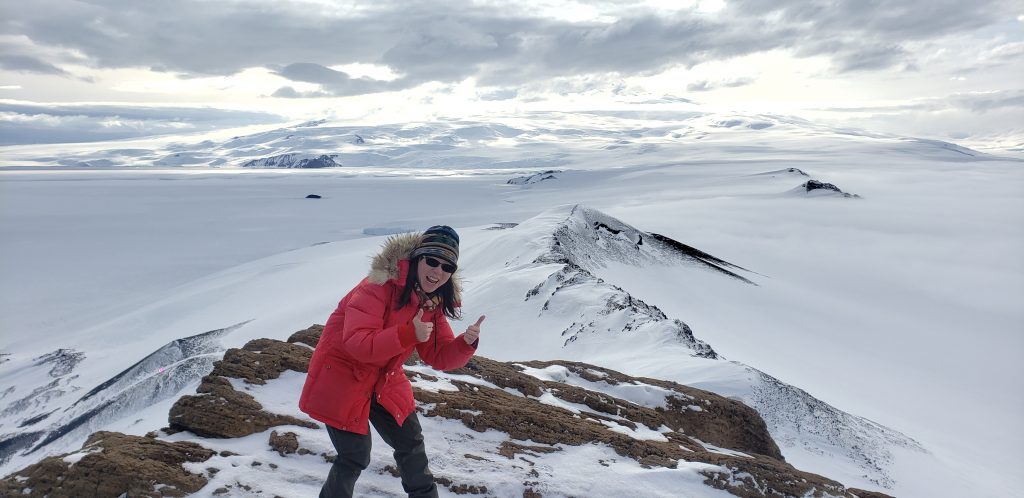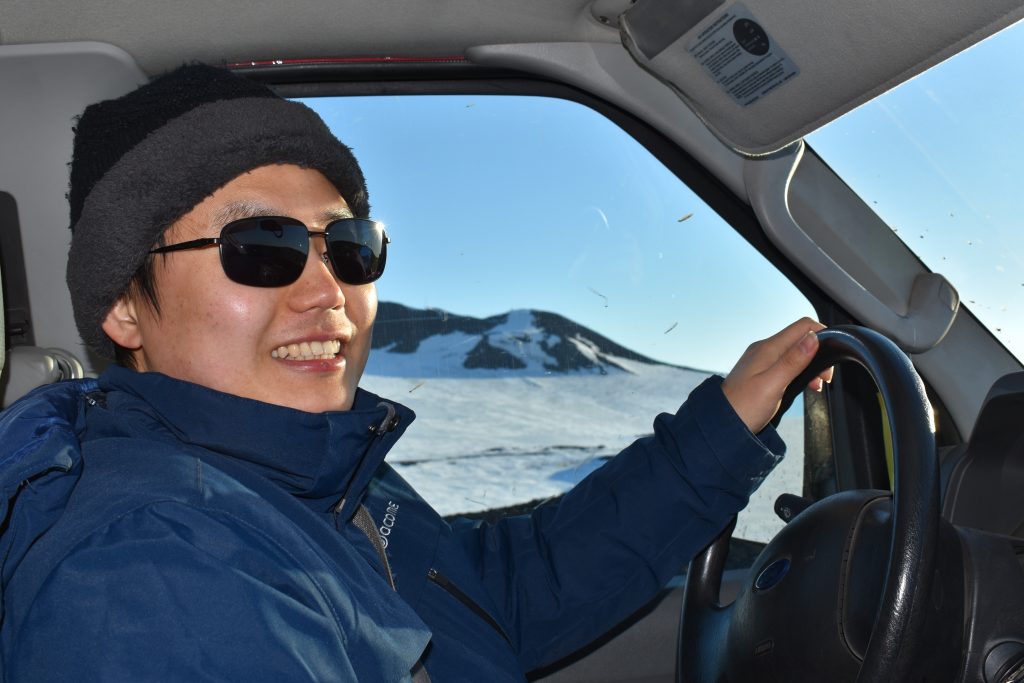Since the last update was posted, the world looks a little different. Although last March most of us transitioned into working from home, our Lidar scientists Xianxin Li and Cissi Lin remained away from home at the McMurdo Lidar facility throughout the entire Antarctic Winter season working to continue collecting data and operating the systems.
Despite some serious setbacks with laser malfunctions, the scientists were able to overcome them, with Xianxin making necessary repairs to the laser that even the manufacturer recommended only be done by a technician due to their difficulty. We are grateful for Xianxin’s careful and expert optics skills, as he was able to get the laser back to full capacity with only minimal downtime. Dr. Chu and the students back in Boulder also worked tirelessly with the manufacturer to get Xianxin the parts he needed as quickly as possible, which can be tricky, as sending things to McMurdo isn’t always the most straightforward process!

Both were able to return home with few complications at the end of their season with little complications, however NSF decided that for the 2020-2021 Summer season they would not send down any grantees, nor would they send grantees over the Winter 2021 season. This was a disappointment but was understandable due to COVID restrictions in New Zealand. As such, the system was winterized and put in a stable state so that when new students arrived (Summer 2021-2022? Fingers crossed) the system could be restored and the lidar campaign continued!
Thanks again for Xianxin and Cissi for their hard work and dedication to the program and wish us luck for the upcoming deployments!

